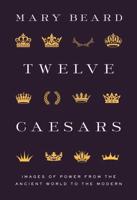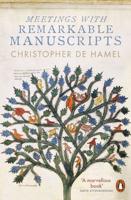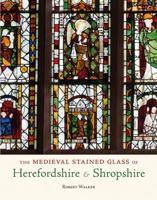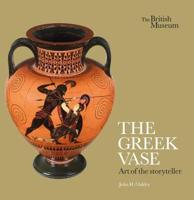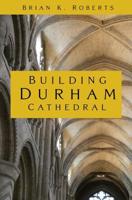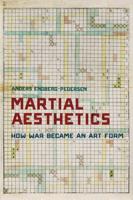Publisher's Synopsis
Staffing medieval cathedrals was always a problem. Some English cathedrals introduced monks, but almost half of them put themselves in the hands of secular priests (canons). As cathedrals became complex 'prayer factories' between the 12th and 16th centuries, the canons appointed Vicars Choral to perform liturgical functions in their stead. From the moment of their first appearance in the 12th century, there was concern about the vicars' morals and behaviour and, for more than 400 years, cathedral deans struggled to impose discipline. Eventually all of the English cathedral vicars were subjected to quasi-monastic discipline in carefully regulated colleges, which were strategically located within the close and formed a very distinctive group of ecclesiastical buildings, which were ancestors of the Oxbridge colleges. Several of these important medieval building complexes have survived, but significant traces of all nine colleges - Chichester, Exeter, Hereford, Lichfield, Lincoln, St Paul's London, Salisbury, Wells and York - have been recovered in this study. As these colleges survived the Reformation, most retain extraordinarily rich archives, which modern historical scholarship is only just starting to explore. For the first time, this volume brings together the wealth of architectural, archaeological and historical information relating to these major, but little known, medieval institutions. It reveals an extraordinary interdisciplinary resource that can be used to understand, not just the working of individual colleges and cathedrals, but also the life and work of the lower orders of medieval clergy in England.


